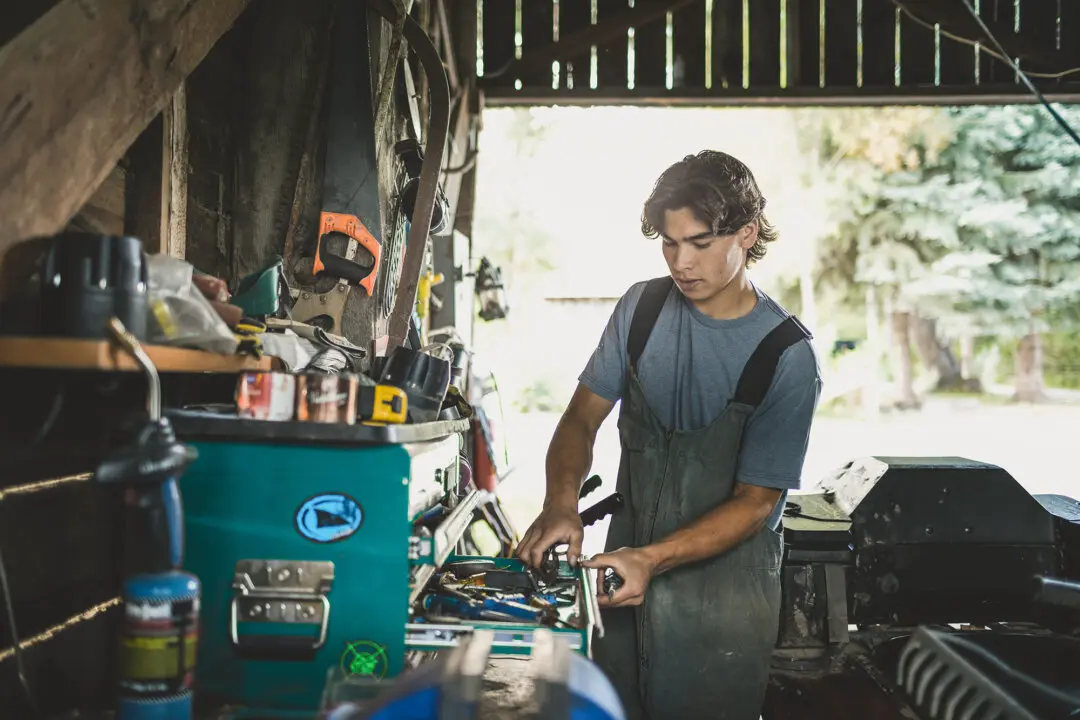Dread going into the basement? You are not alone. Take advantage of being stuck inside during the cold weather to easily and efficiently transform a cluttered basement into one of the most favored rooms in the home.
The first step is to place everything into boxes labeled Keep, Donate, and Discard. Also, consider adding a Garage Sale box (but be honest; if you lack sales experience and there’s not much in the box, it may be best to move these items to the Donate box), and most importantly, a “Keep for 30 Days, Then Decide” bin to avoid impulsive mistakes, particularly with sentimental things.





